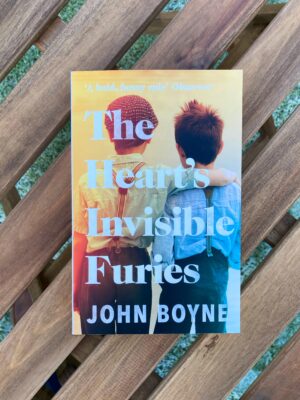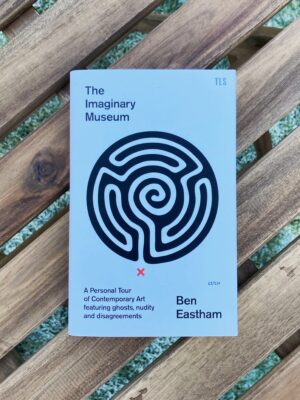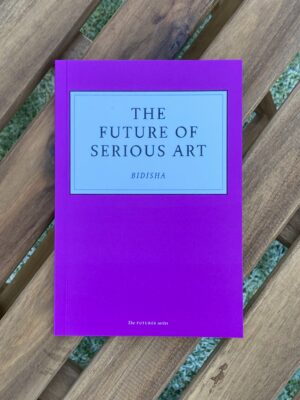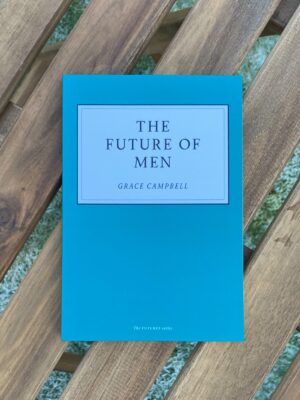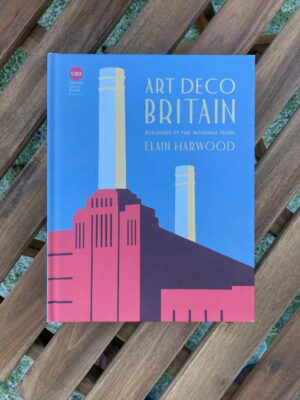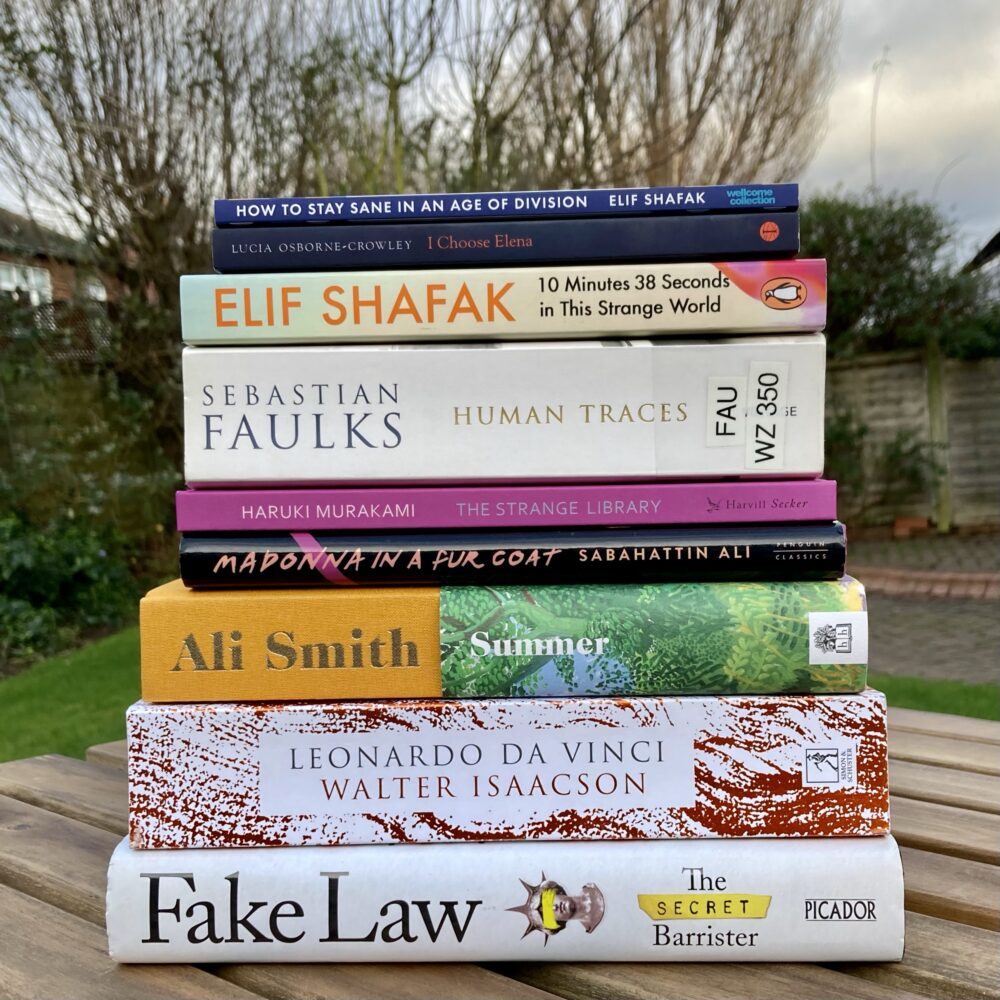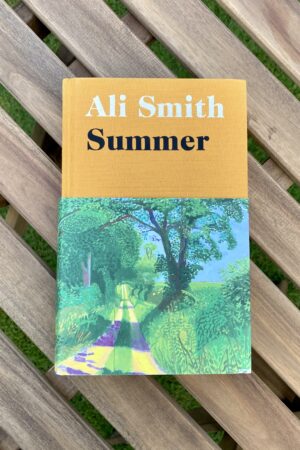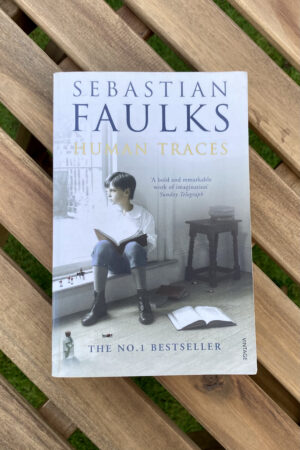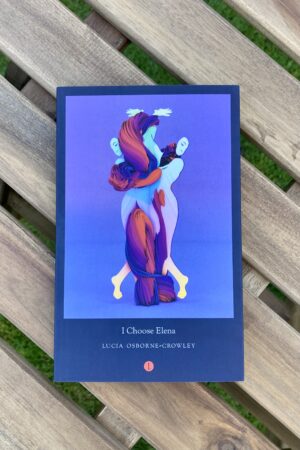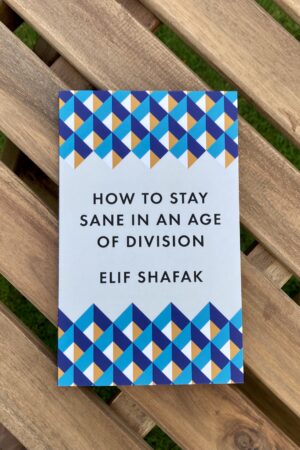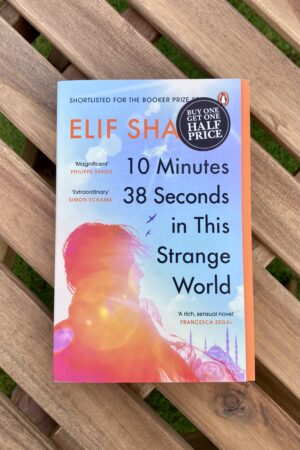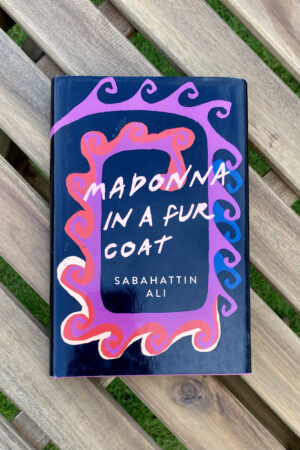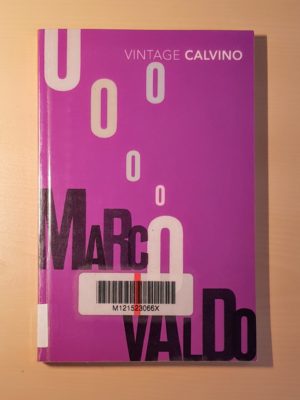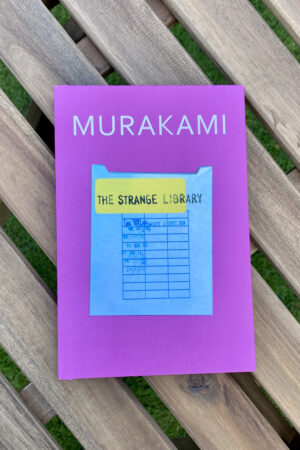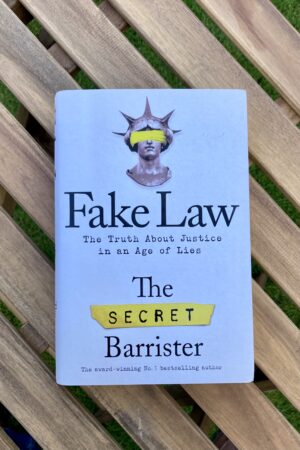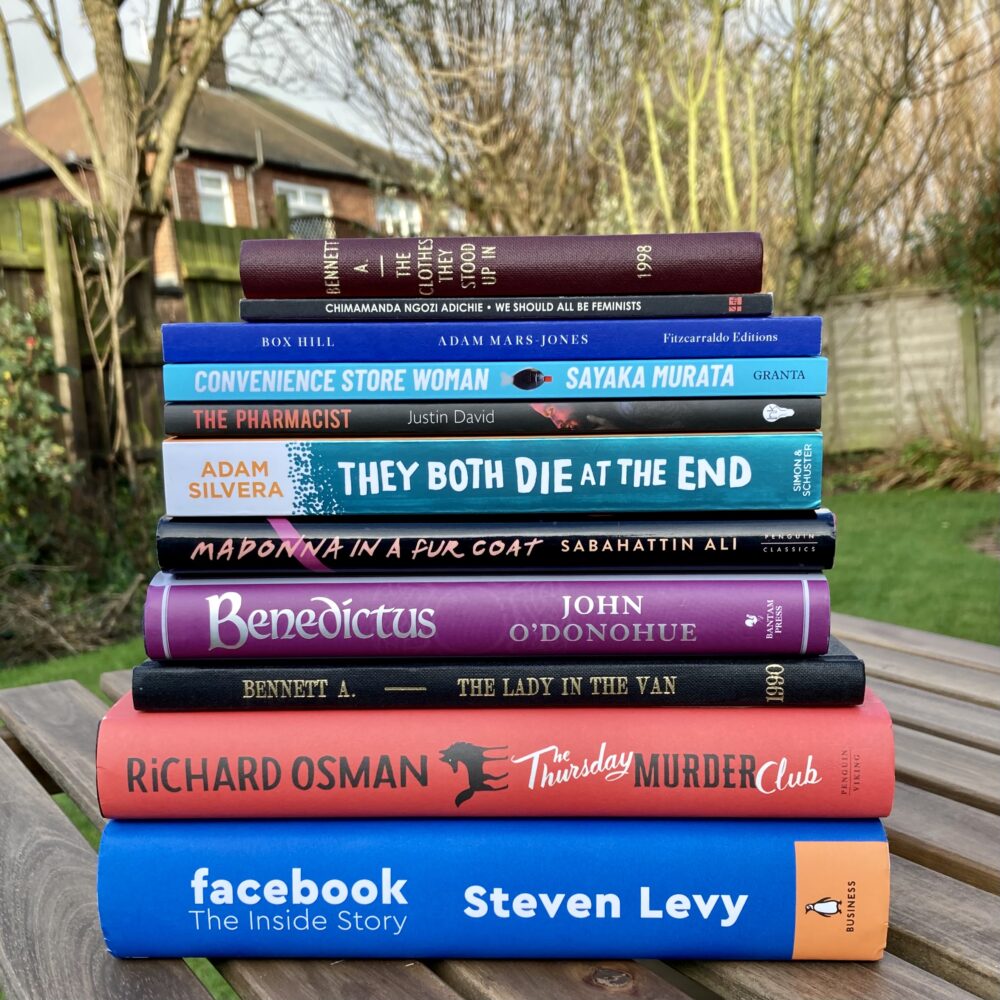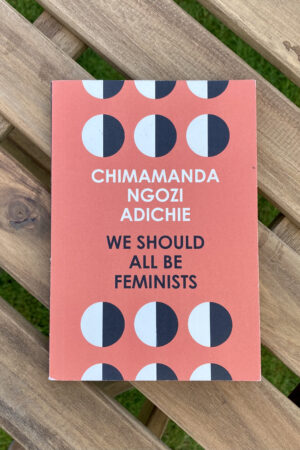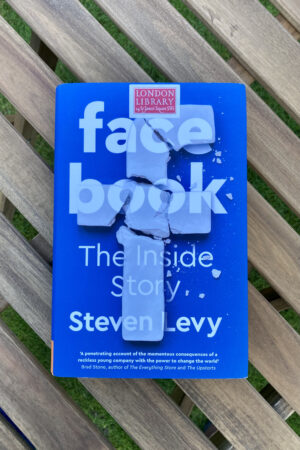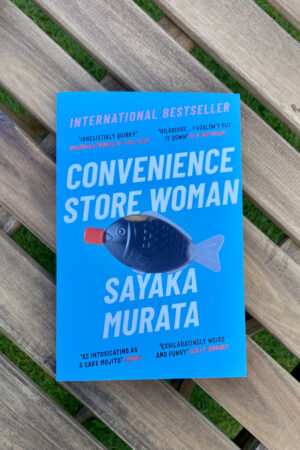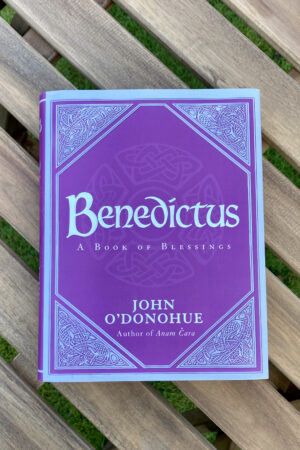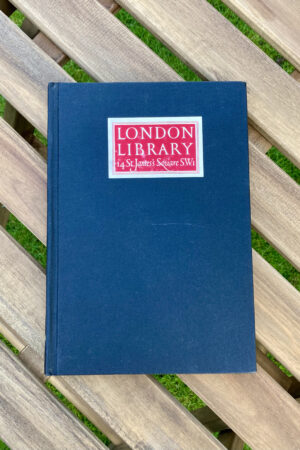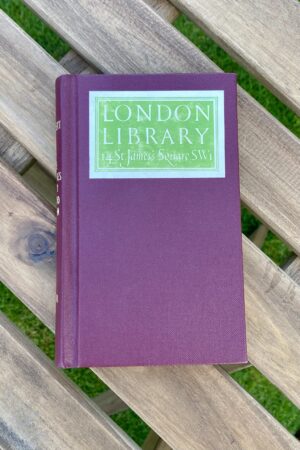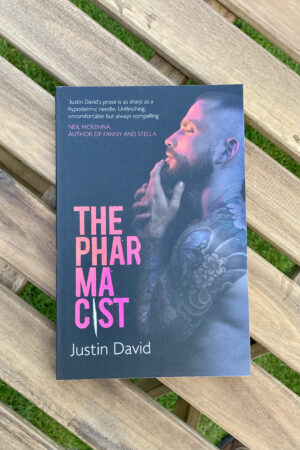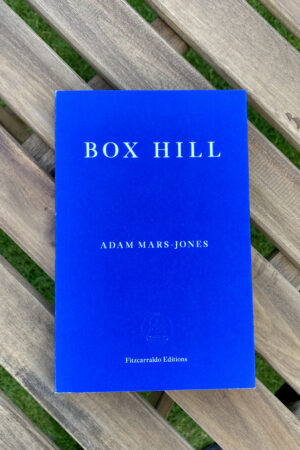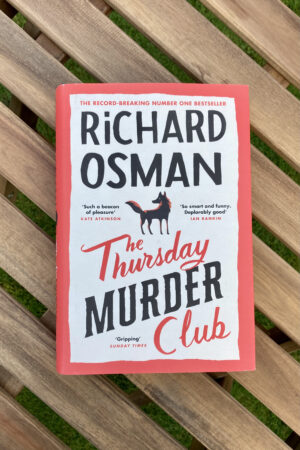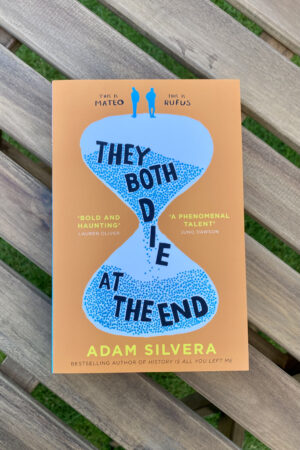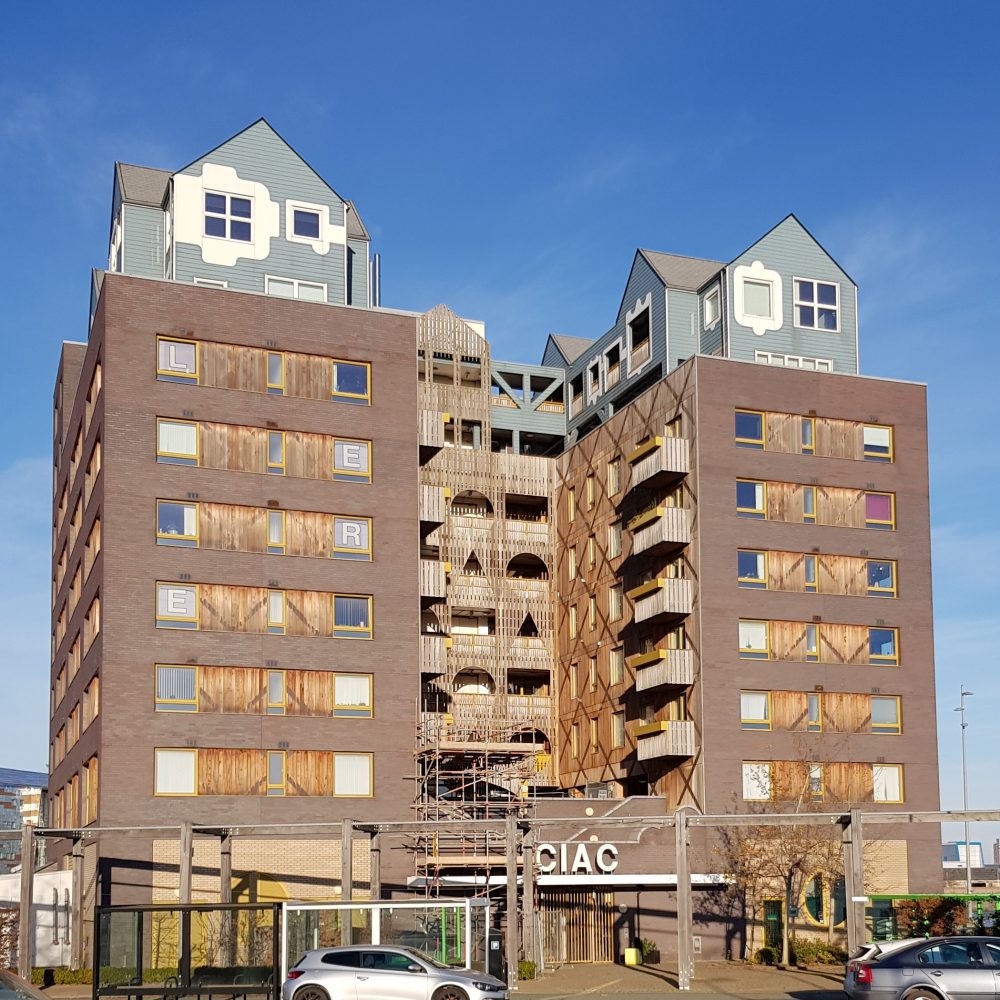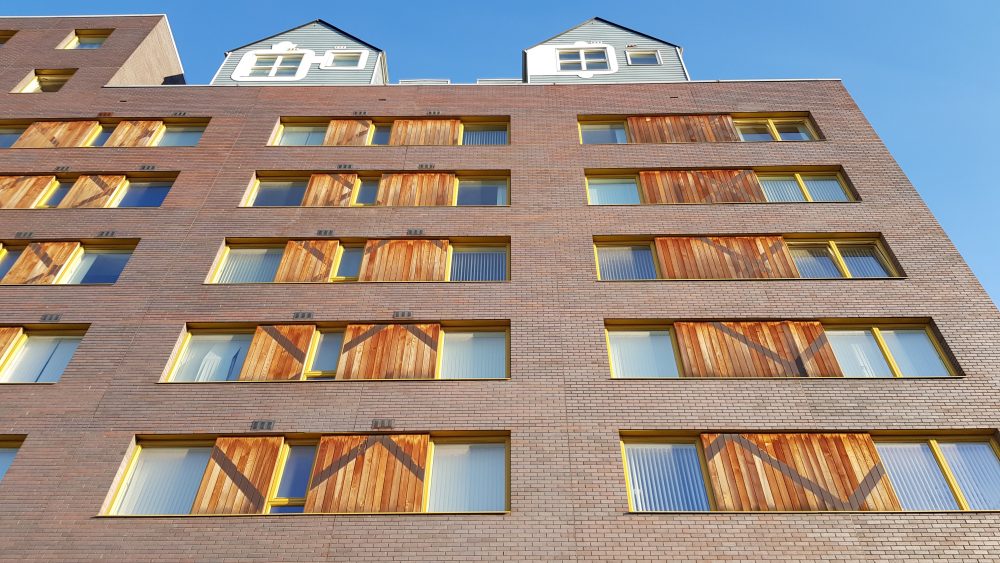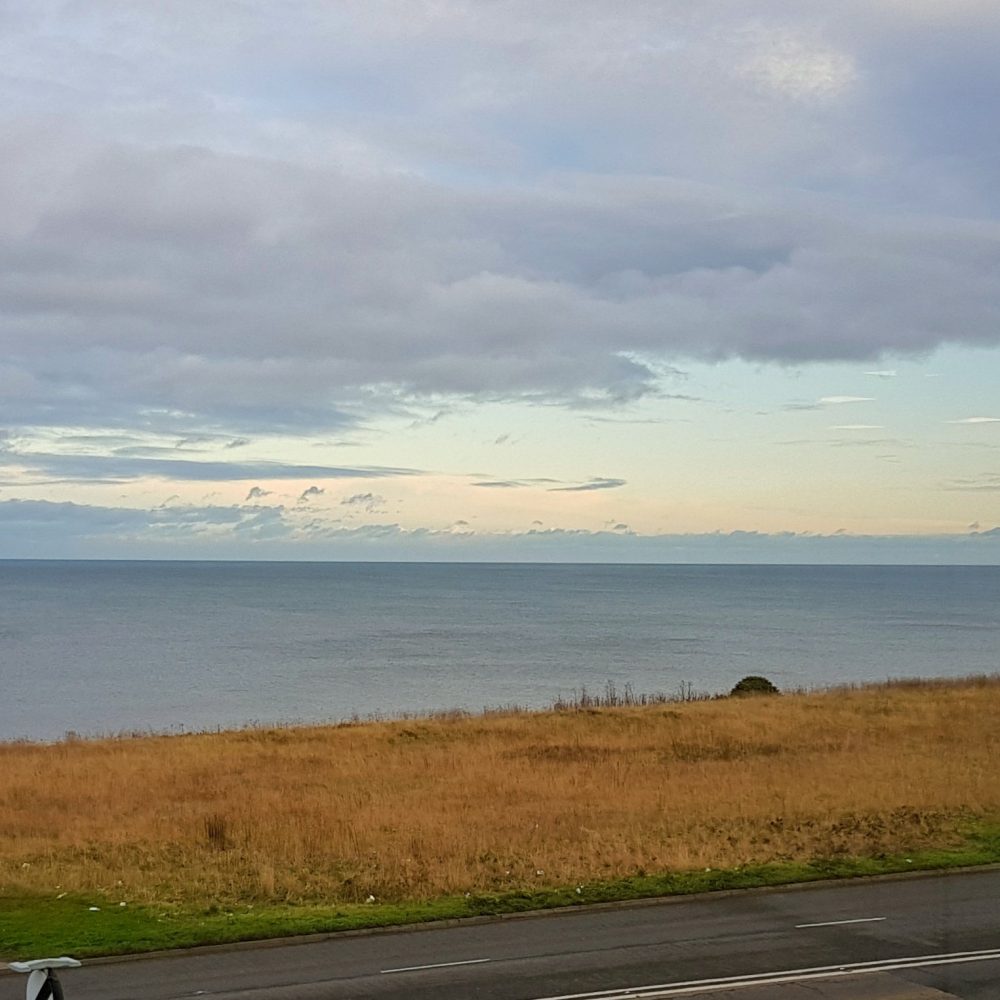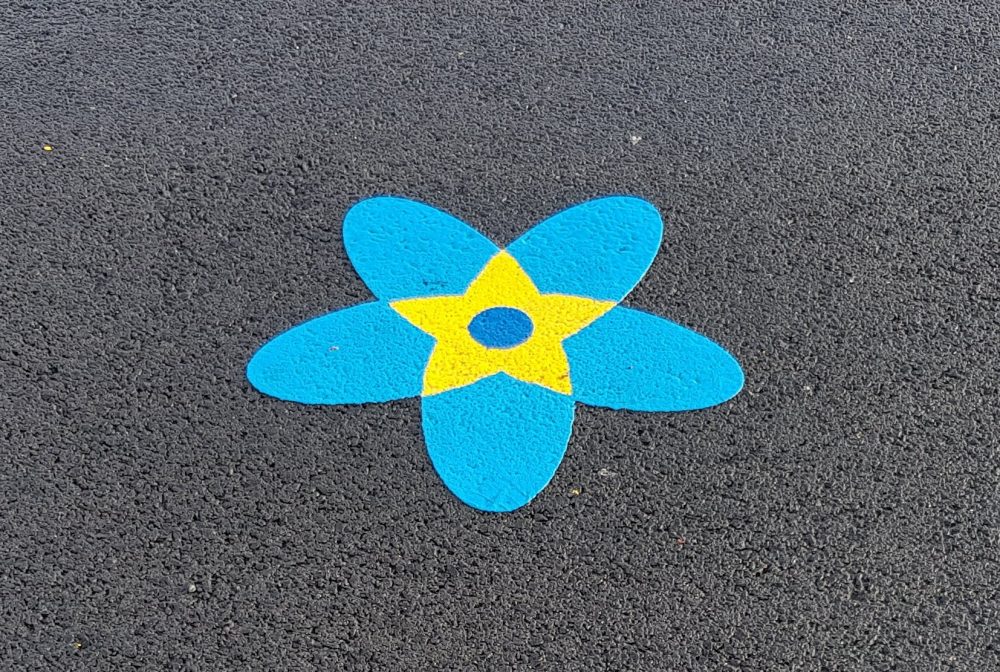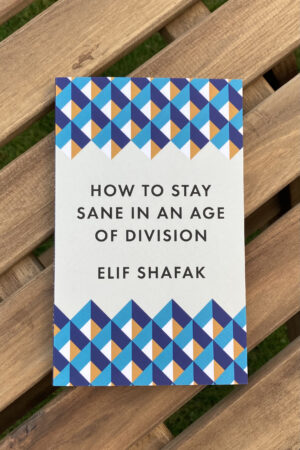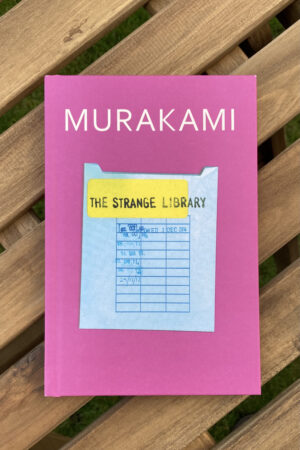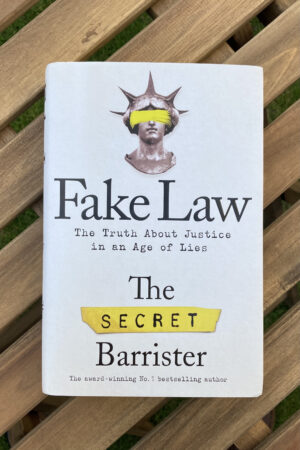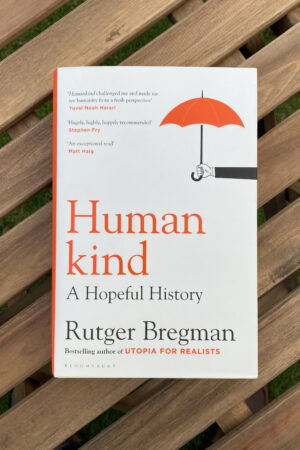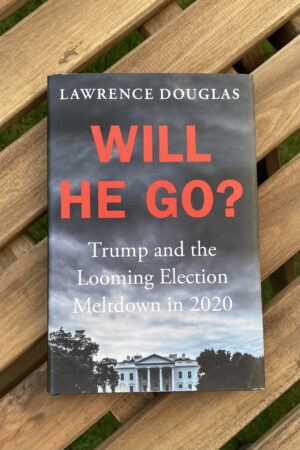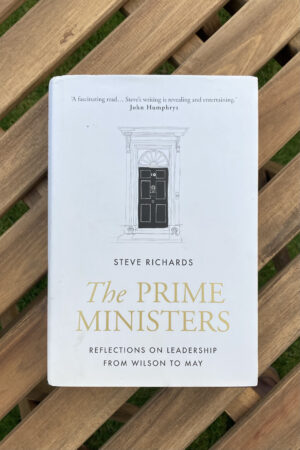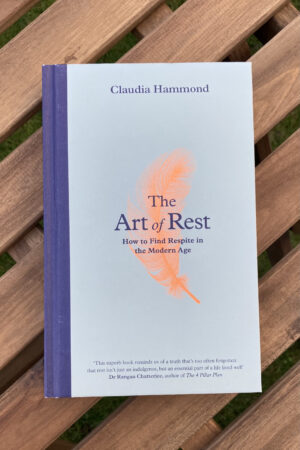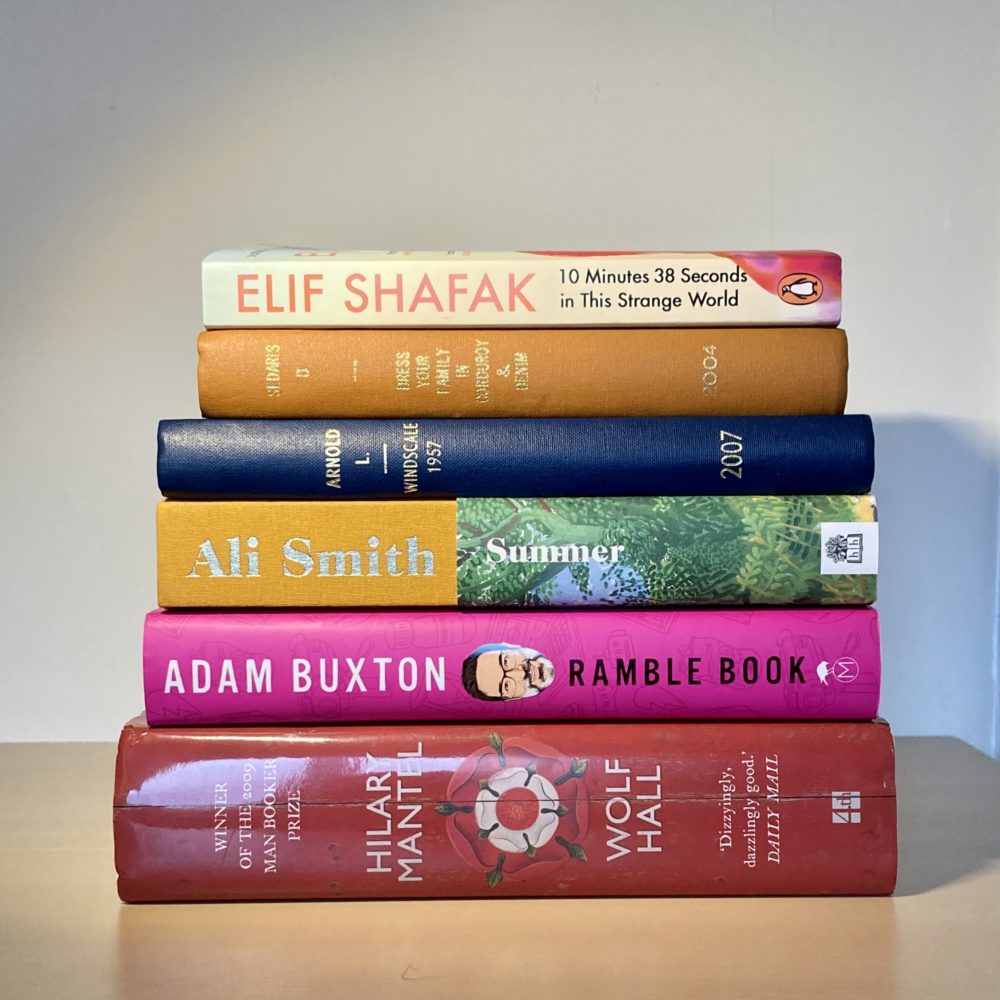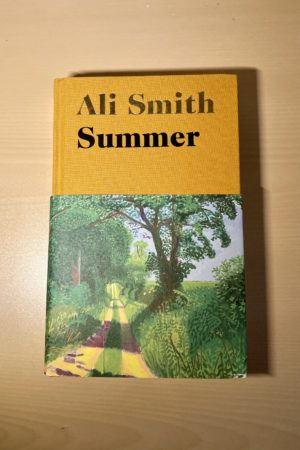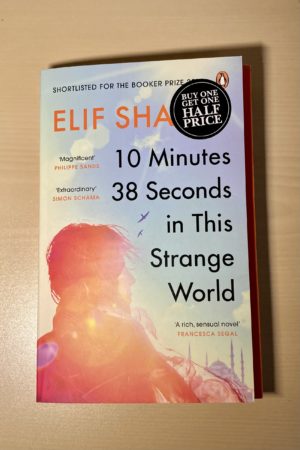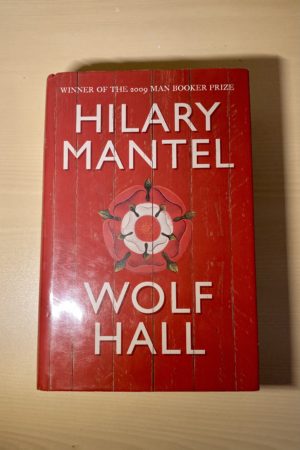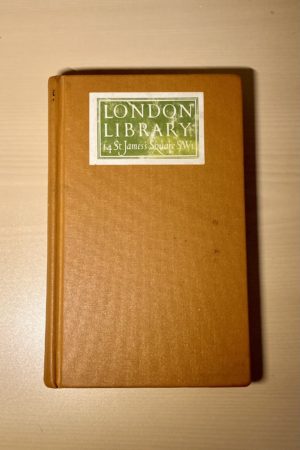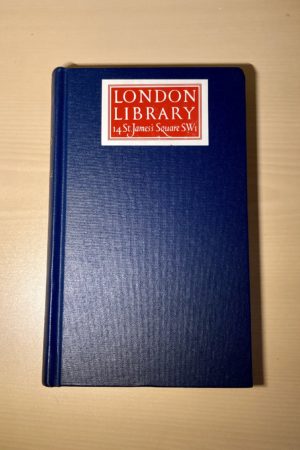Some aimless rambling
I’ve read Diamond Geezer’s blog for many years. He’s been blogging for a similar number of years to me, though is much better at it, not least in terms of consistency of posting.
For yesterday‘s post, on one of his many lockdown walks around his part of London, he decided to take a picture every twenty minutes. It sounded like a fun diversion, so I thought I’d do the same: an aimless ramble starting in Gosforth, my part of Newcastle, in somewhat less than clement weather.
20 minutes
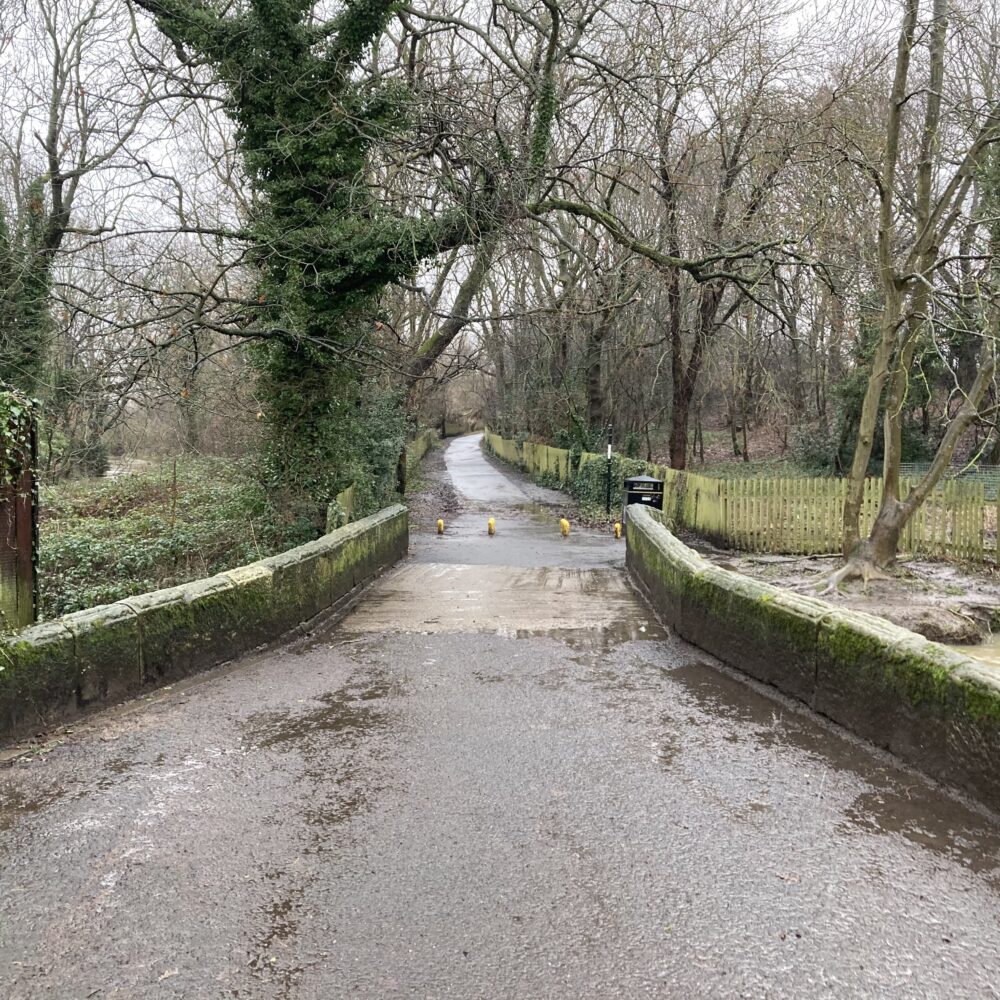
Twenty minutes after leaving home, I found myself at Dentsmires Bridge across the Ouseburn. Just out of shot to the right are two men from the Environment Agency, looking concerned about the water level.
This bridge connects Woodlea Gardens, a residential street, to Heathery Lane, a now mostly pedestrianised track originally so-called as it cut across heathland, but which now mostly cuts across golf courses.
The proportion of Gosforth’s green areas which are given over to golf courses, serving a small minority of the population, is a topic I occasionally find irrationally aggravating. Not today, though: not only are golfers barred from enjoying the course by covid restrictions, the week’s rainfall has left the course so waterlogged that it may be some time before it’s usable again.
The Ouseburn is significant not just because I’ll pass it several times on my route today, and not just because I’ve blogged about it plenty of times, but also because it underlies the name “Gosforth” (though not obviously). The name comes from “Gese Ford”—a ford across the Ouse.
40 minutes

A flooded footpath on my rambling route beyond Heathery Lane meant some unplanned doubling back and a diversion through Whitebridge Park, a relatively recent addition to Gosforth which started to be built in the 1980s.
When house-hunting, Wendy and I were put off this area because of the slightly uncanny quietness of its many cul-de-sacs, and this remained true today: the only evidence of human life as I ambled through was a man eating a sandwich in a broadband van.
Whitebridge Park is also home to a play area which I think may be in the running to be Britain’s most depressing.
1 hour

After meandering through the 1960s Melton Park and past the thousand-year-old ruins of North Gosforth Chapel, burned down some five-hundred years ago, I found myself in Newcastle Great Park. With a grand plan from the early 2000s to build more than 4500 homes over a forty-year period, Great Park is a massive development—and not without controversy.
Here at Warkworth Woods, the first bit to be developed, the developers decided to cobble parts of the roadway, presumably to add to a ‘village-like’ aesthetic.
1 hour 20 minutes
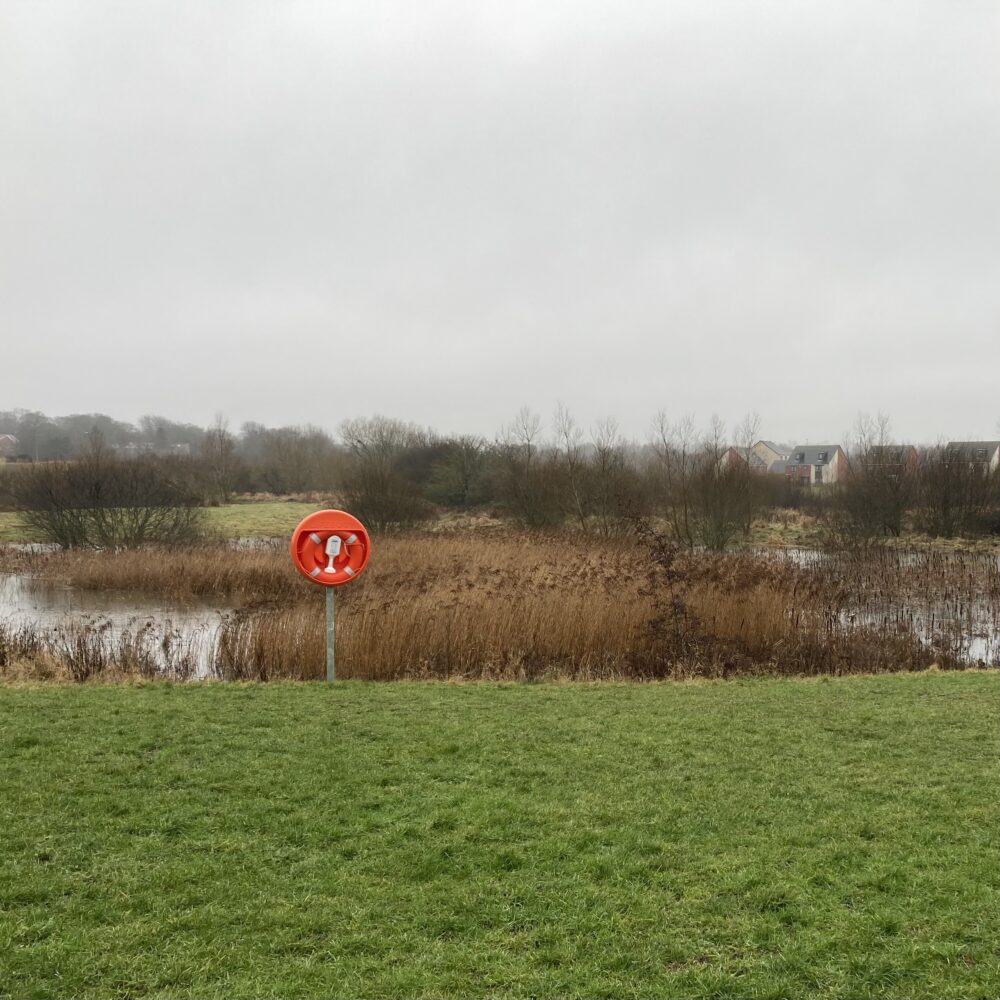
Having crossed the A1, I reached the newer part of the Great Park development. Here, the world headquarters of the software giant Sage occupies a huge office—though not for much longer—and a school catering for thousands of pupils is due to open later in the year.
I skirted around most of the housing in this part of the development, sticking with the paths through the green areas (or, as the developers would have it, the “diverse mosaic of woodland, meadowland and network of drainage systems with hills, vales and streams”). These include a few patches of reedy bodies of Ouseburn water. On nicer days, this area is frequently busy with dog-walkers.
1 hour 40 minutes
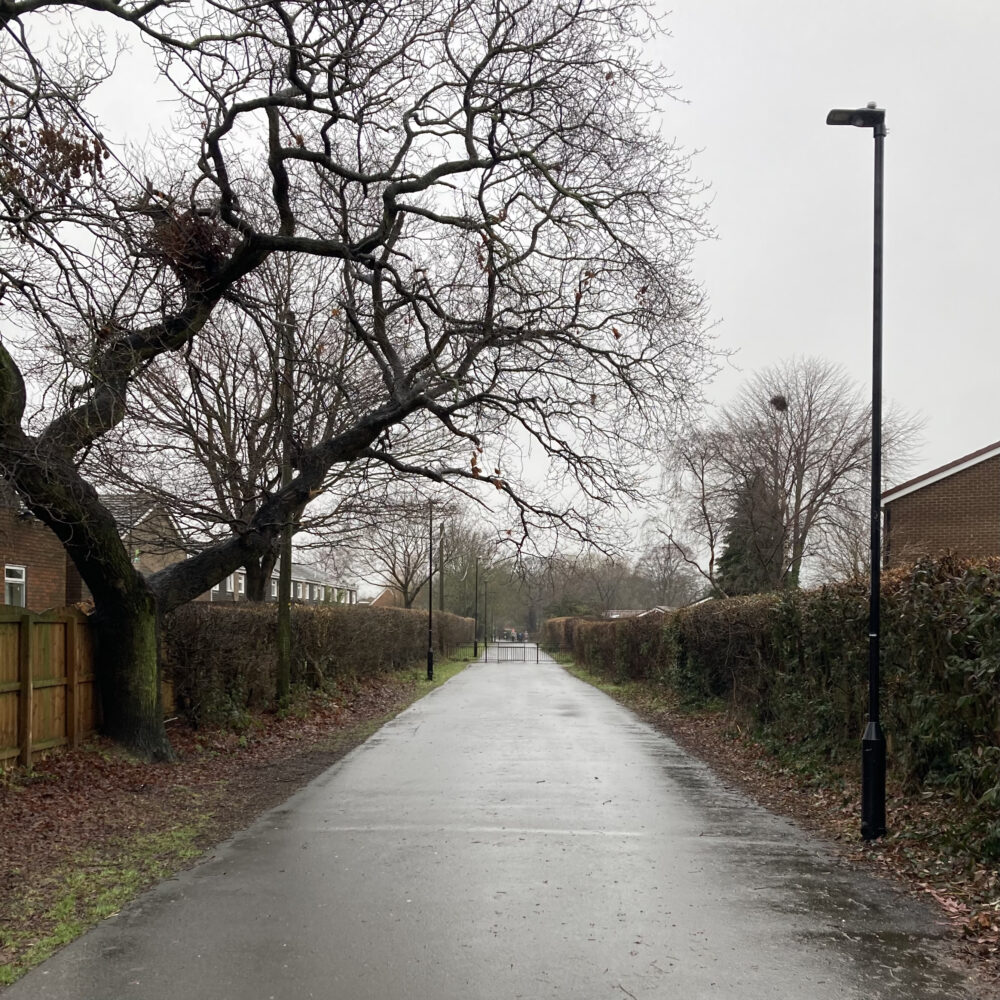
With unfortunate timing, twenty minutes of further walking brought me to this rather unexciting pedestrianised route across the area known as Brunton Bridge. Speaking of bridges, however, I did have to cross the raging Ouseburn once again to get here.
2 hours
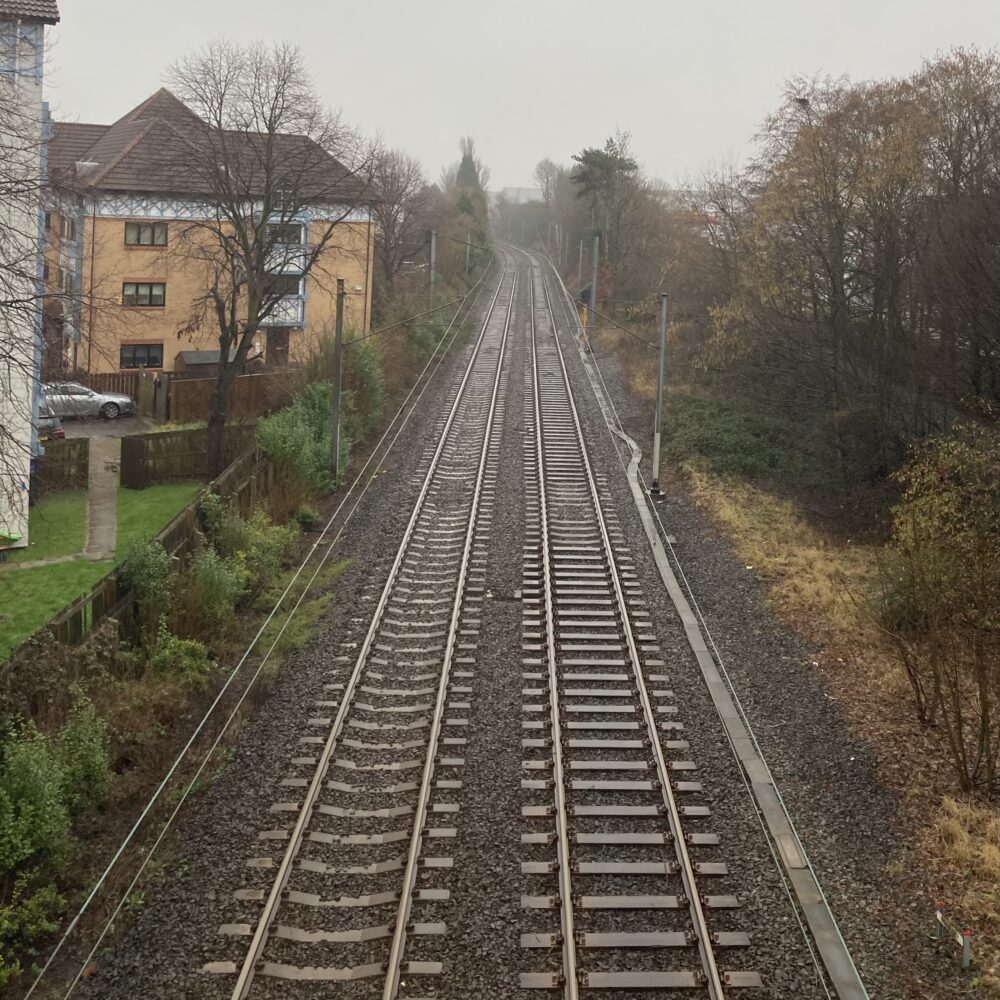
The two-hour mark saw me crossing the Metro line near Fawdon, with an excitement only slightly tempered by having previously crossed a different part of the line only ten minutes earlier. This track route dates back to the Ponteland railway constructed in the early 1900s, which closed to passengers in 1929. It continued to serve freight, however, including the then-Rowntree now-Nestlé factory which is just behind the trees on the right of the photo above. It now makes Toffee Crisps. It might also make other things, but Toffee Crisps are unbeatable in my book.
The line carried passengers once again from 1981, when the Tyne and Wear Metro started operating along this stretch.
To get here, I also had to nip across the A1 again. The history of the A1 in the North East is surprisingly involved. When this section opened in 1993, it was the third bit of road on this latitude designated as the A1 in just sixteen years.
2 hours 20 mins
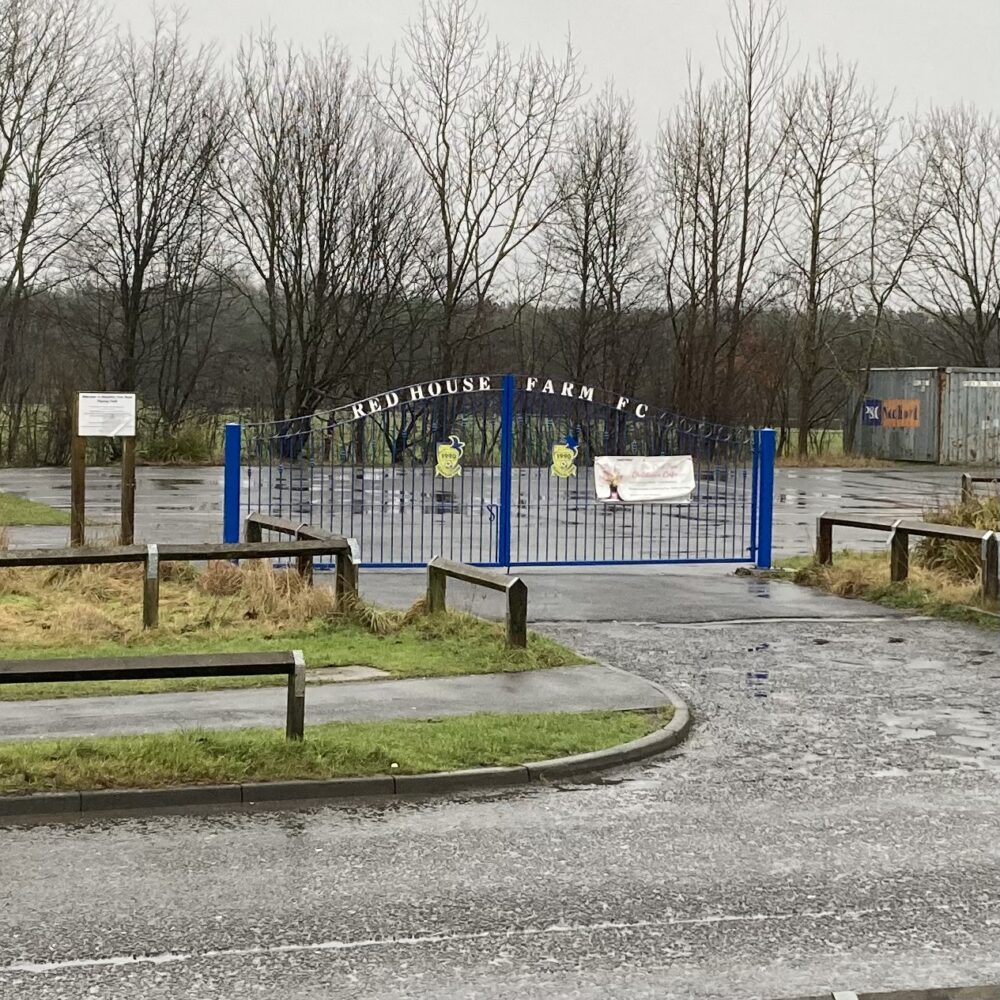
Red House Farm is an area whose history is all in the name: a residential development on what used to be a farm, of which essentially all that remains is an eighteenth-century farm house, which today’s route didn’t pass.
The Red House Farm Junior Football Club does what it says on the tin gates, having started in 1990 and since taking on hundreds of 6-19 year-old players, many of whom have gone on to be professional players.
2 hours 40 mins
Twenty minutes earlier than DG, I’m back home and slowly drying out.
This post was filed under: Photos, Travel, Gosforth, Newcastle upon Tyne, Ouseburn.

